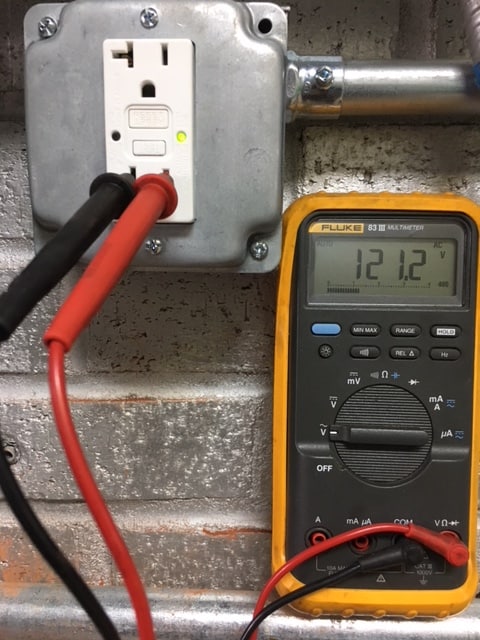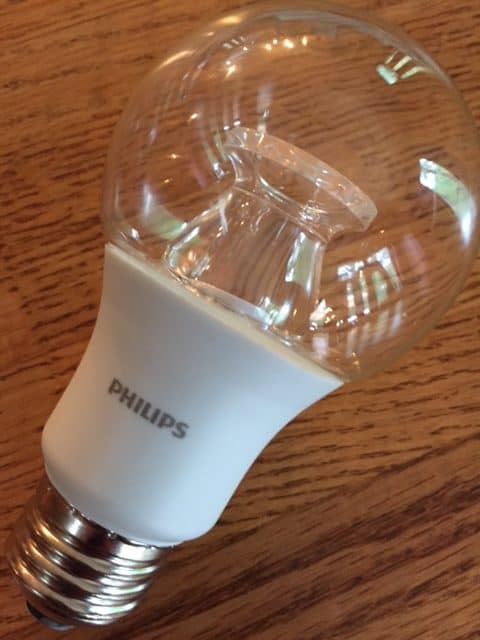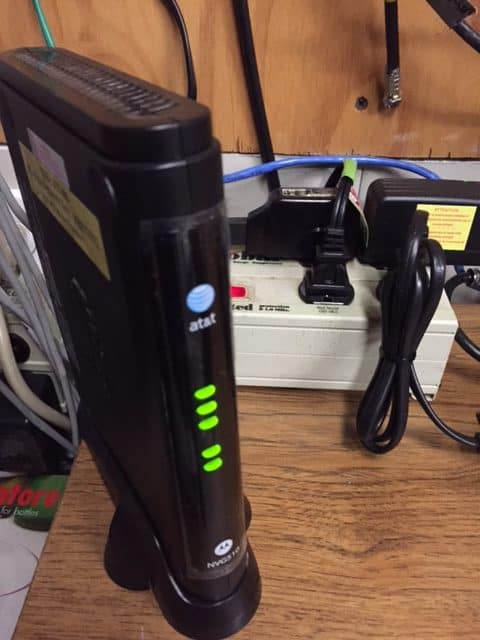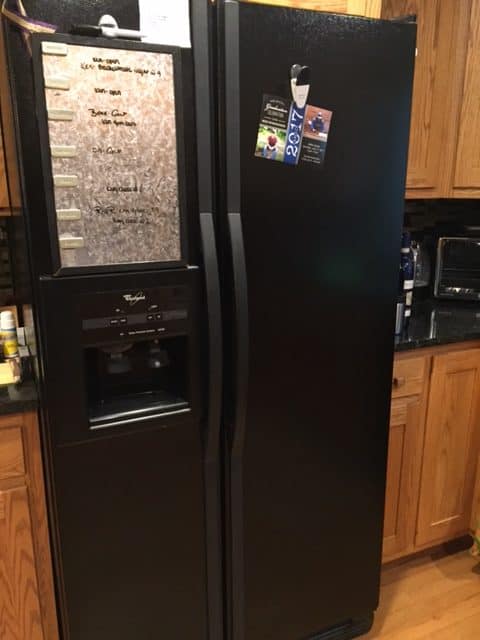We all love our creature comforts. Air conditioning on a hot summer day; our furnace on a cold winters night and, one of the most important, indoor plumbing! All of these things have one thing in common… electricity.
All of your home’s major appliances, like the furnace, air conditioner, refrigerator, freezer, and water well, all are reliant on electricity. That puts them at risk if you ever experience a power company brownout. They also have another thing in common… they’re expensive to replace or have repaired!
What is a Brownout
Table of Contents
We had an experience that could have jeopardized these appliances. It was during a rainstorm, complete with very strong winds, that we had a “brownout”. For those that may not know what a brownout is, its when the power coming into your home is at a reduced voltage.
For most homes that will be something less than 120 volts. In our area, this is quite rare. Typically if the power company experiences a problem, the power is lost completely until the repairs are made. But the potential for a brownout exists everywhere.
Rolling Brownout
In some areas, brownouts are more frequent and are not due to power equipment failures. Larger metropolitan areas can experience brownouts during periods of high heat when air conditioners are being run en mass. These brownouts are simply caused by demand being greater than supply.
In many cases, the power company has the ability to lower the voltage to help meet the demand. They can normally reduce the voltage down to the 110-volt range without causing problems and these reductions are not normally even noticed. Your larger appliances can typically operate at these reduced voltages but are not quite as efficient. My research found that anything near 105 volts could be of concern for your appliances. If you are able to notice your lights dimming, it’s time to check your voltage!
How to Identify a Brownout

In our recent event, the power went from the normal 120 volts down to 70 volts and it stayed on! A voltage meter should be used to verify the voltage at any power receptacle in your home. The meter should be set to AC volts, in a range of 200 volts or greater. Carefully fully insert the voltmeter leads into the two vertical slots in an easily accessible outlet. The normal reading should be between 115 and 120 volts. If you are not familiar, or uncomfortable, with using a voltmeter, contact a friend or an electrician to help you. Again according to my research as long as the voltage is above 110 volts you should be ok for short durations. Anything less than 110 volts you should be prepared to take action.
Check With Your Neighbors
It is also a good idea to check with a neighbor to see if they are experiencing the same thing. That would indicate it is a power company issue. If they do have the same issue, I’m sure your neighbors will be thankful that you reached out to them and made them aware of the problem.
If none of your neighbors are experiencing the issue, you should call the power company and/or an electrician immediately to help diagnose the cause. There could be an issue with the power company’s transformer that is feeding your home or an issue with your home’s electrical system. Don’t delay, seek help!
Potential Problems Caused by a Brownout


At the reduced voltage, we experienced several things that happened, some potentially harmful. Things like incandescent light bulbs stayed lit but were dimmer. Many of the electrical items with the small transformers, that plug into the wall, actually continued to work too. There were some things that didn’t like the 70 volts. Some of our compact fluorescent bulbs and LED bulbs went out and would not relight at the reduced voltage. These didn’t concern me too much because they would be relatively inexpensive to replace if damaged.
Biggest Concern

The items that I was worried about were all the big, expensive items I mentioned earlier! With the reduce voltage all the fans, motors and pumps in those appliances were turning slower, as well. Many motors have internal fans that help cool them, so the slower speed didn’t help the situation.
More importantly, there is a relationship in electrical power that says as the voltage decreases, the electric current increases. This increased current flowing through the fans, motors, and pumps generates heat, which could potentially cause severe damage to this equipment! It was time to take action!
Precautions to Take During a Brownout
Unfortunately, surge protectors do nothing to protect against low voltage events. A UPS can protect more sensitive items like computers or televisions but would be very expensive to get one big enough to protect your bigger appliances.
If you ever experience such a brownout event, I would highly recommend unplugging or turning the breakers off to your furnace, air conditioner, refrigerator, freezer, and water well. Be sure to put a tag on breakers you turn off so others don’t inadvertently turn the breaker back on until its safe to do so. You may want to read my article on lockout-tagout for safety tips when de-energizing equipment. By turning these appliances off you could potentially save thousands of dollars in damages or prevent shortening the life of your appliances. Not to mention all of the inconveniences, and stress, associated with losing those comforts.
These types of events are typically very rare and only last for a short duration. Be sure to let friends or neighbors, who may be affected, know of the potential problem. If you experience frequent brownouts, be sure to contact your local power company. There could be an issue that they can help with. Hopefully, this information has been helpful and will help prevent an interruption in your creature comforts!
If you have any comments or questions, you can leave them in the comments section below or you can email us at [email protected]. FYI, we do not collect or share email addresses. We will only use them to reply to your comments or provide answers to your questions. We are also required to let you know that some of our links are “affiliate links”. This means if you click on a link and make a purchase, we could make a small commission, at no extra cost to you. This helps offset the cost of maintaining our website. So, if you like what you’ve seen, please be sure to give us a “Like” and “Share” on Facebook and Instagram too. Thank you for reading and good luck with all your home projects!

I wouldn’t recommend using any electrical equipment/device during a brownout. The decreased voltage can cause excess heat that can damage or shorten the life of your device.
Will a 120 volt fan be damaged if operated during a brown out?
You make some very good points. Thanks for sharing!
There are several devices on the market called “Solar Generators” which is actually a misnomer. A better description would be “Battery Backup” or “Power Converter” as with the Jackery products. I say this because they don’t actually “generate” anything. Rather, they convert power from the grid (when recharging) or from a solar panel to chemical energy stored in a battery bank. The battery then supplies energy to an Inverter that converts DC to AC and delivers 110 volts AC to standard outlets on the front of the device. However, there is a built-in problem where these units are designed to deliver 110 volts as opposed to the standard in the U.S. of 120 volts. In other words, they operate at brownout levels. When the consumer uses one of these devices in conjunction with an extension cord, smaller wire gauges within the cord introduce a voltage drop (depending on cord length) that exacerbates the low voltage problem. And of course, anyone who understands Ohm’s Law knows the appliance will draw more current and produce more waste heat when operated at lower than standard voltage. The only exception I’m aware of would be computer power supplies (such as those found in tower computers) that are designed with a wide input range of voltages. So, they will work on any system be it Europe with 220 or Japan with 100 or US with 120. I would venture to say most consumers have no clue their “Solar Generators” operate at sub-standard voltage right out of the box.
I’m glad it helped.
Hello.This post was extremely remarkable, particularly since I was investigating for thoughts on this matter last Wednesday.